It smells like victory.
Design Forms
One of the adages that has always served me well is to work smarter, not harder. The idea of sitting down to a pottery wheel and making the same thing over and over and over again is a Sisyphean task that would (and has) make me tear my hair out in frustration. However, I do like mold making, and I have explored repetition in form in a previous ceramics project.
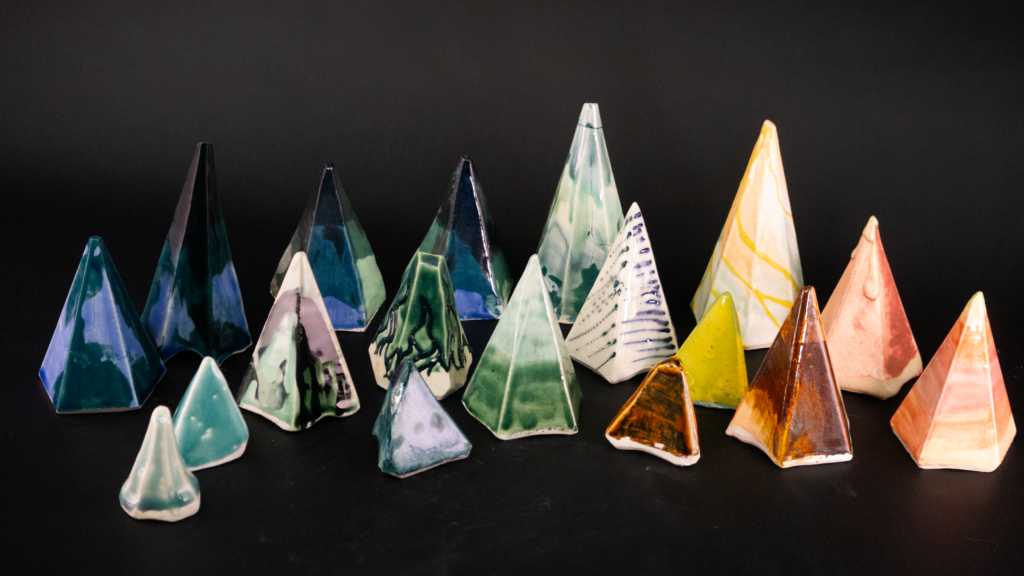
In my “Precious Shapes” project, I explored the idea of asymmetry in form and surface decorations. My past experiences in art tell me that we naturally find symmetry aesthetically pleasing, but compositionally, we resort to uneven numbers (the rule of thirds, as an example). I find trying to create something that is balanced visually more interesting rather than something symmetrical. (Also, symmetry is hard.)
In my first four vessel designs, I opted to extend the asymmetrical design process that I started in “Precious Shapes.” An uneven number of sides creates a subtle tension in the piece, and adding the twists created interesting surface texture possibilities.
My first four vessels pictured below are actually three. My design approach to these forms was to:
- Learn how the program worked and how it interpreted the Grasshopper steps
- Learn the extent of how much twist a shape can handle
- Adjust the shape to account for areas that would fail in a 3d print
- Make functional vessel designs
The second and third shapes are actually the same model, but stretched vertically to increase the angles of the undercuts. The last two shapes are ones that I would like to make slip casting molds from, but there are some design considerations that I need to mull over before I do that. Making a good plaster mold is time-consuming, so I want to make sure that I have a solid design before I commit to that.
Rhino Renders

Final Photos
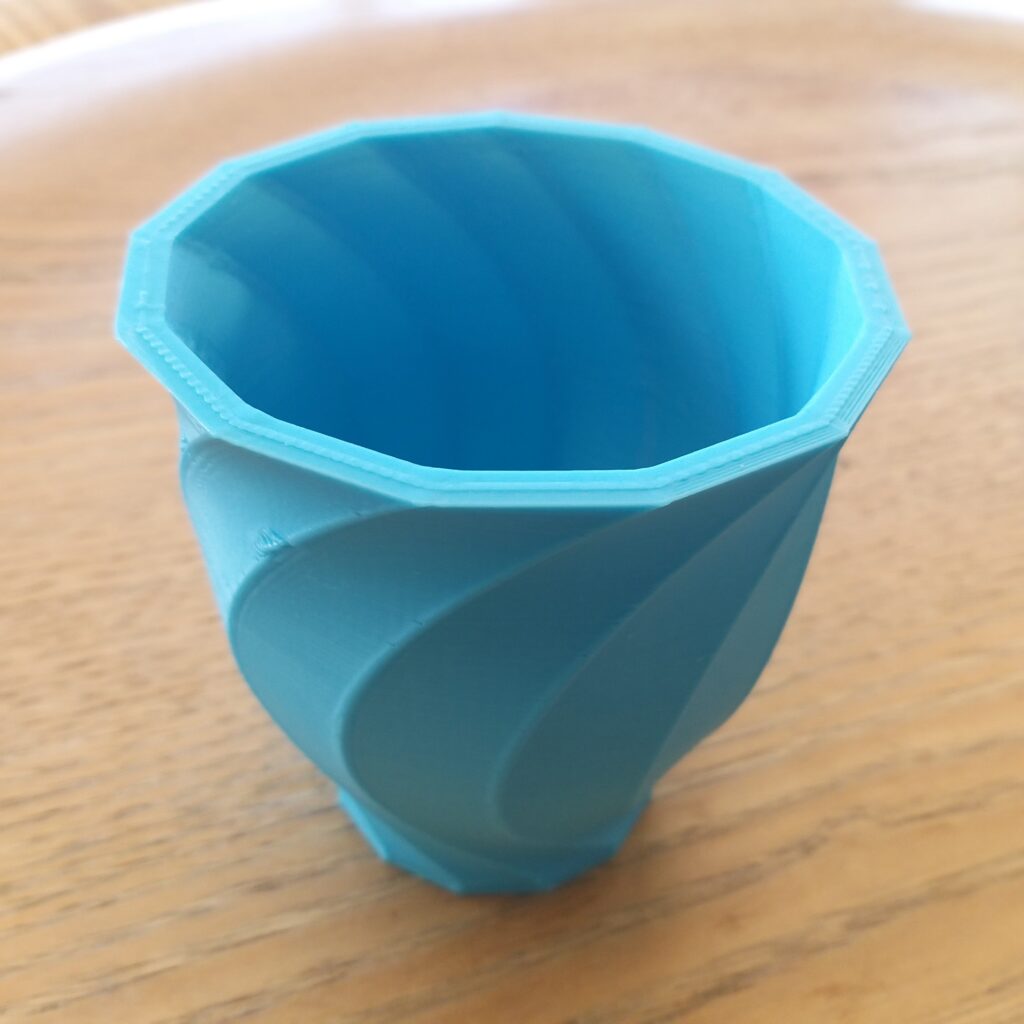

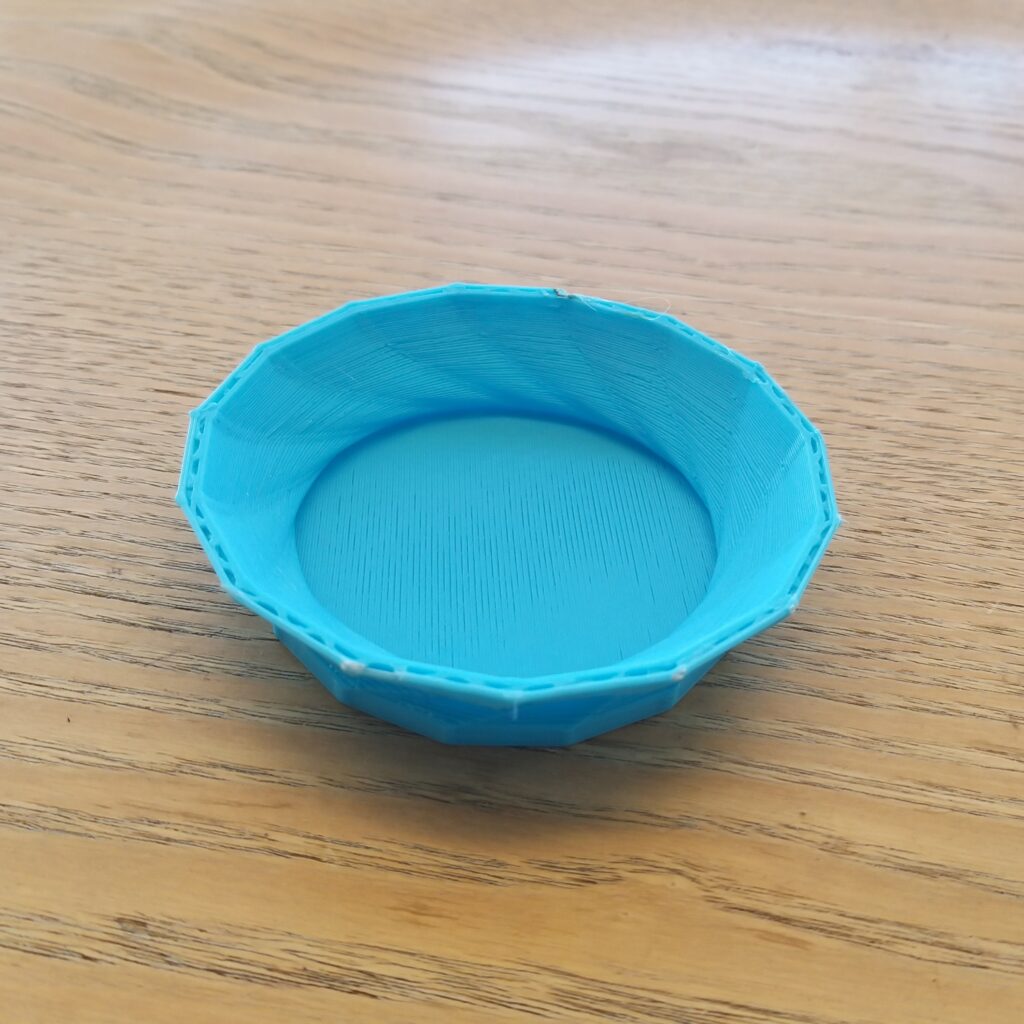
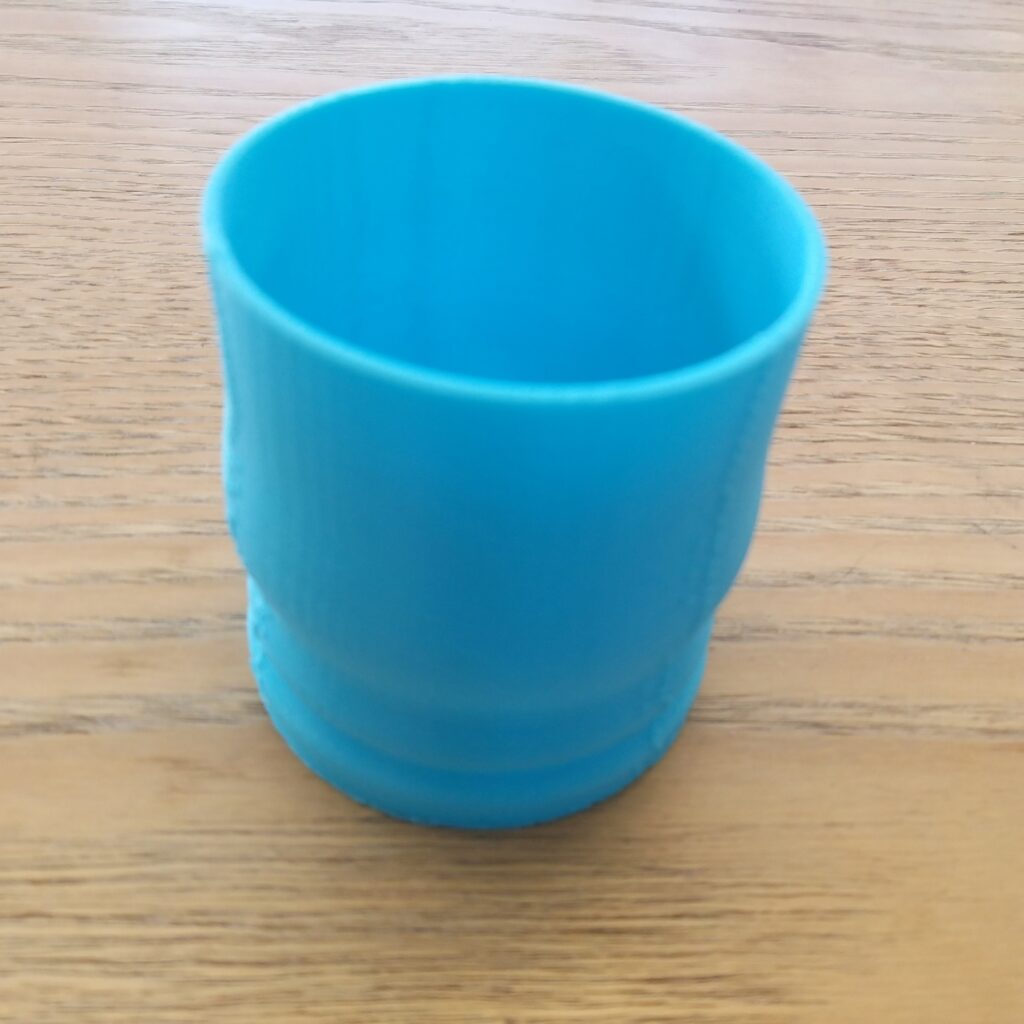
Parametric Design Process
In the design process, I don’t like to repeat myself unnecessarily. A lot of that mindset comes from my work experience in IT (if you have to do something more than once, put it into a function, write a script, anything to save some time) and as a graphic designer (make a template, branding guideline, Pinterest board). It’s a pragmatic approach that allows me to save my energy for more important things. In fabrication, a lot of failure comes from the material and not understanding their properties and potential failure points. This is the part of fabricating that I love, though it can often be very frustrating with repeated failures.
The parametric design process allows me to programmatically change my design based on my material. If I’m doing a tension fit laser-cut box, that tension is based on material thickness and the kerf of the laser. Switching from 1/4 inch birch to 6 mm birch may not sound like a lot–it’s 0.35 mm of a difference, if your material has been measured accurately–but it can be the difference between success and failure.
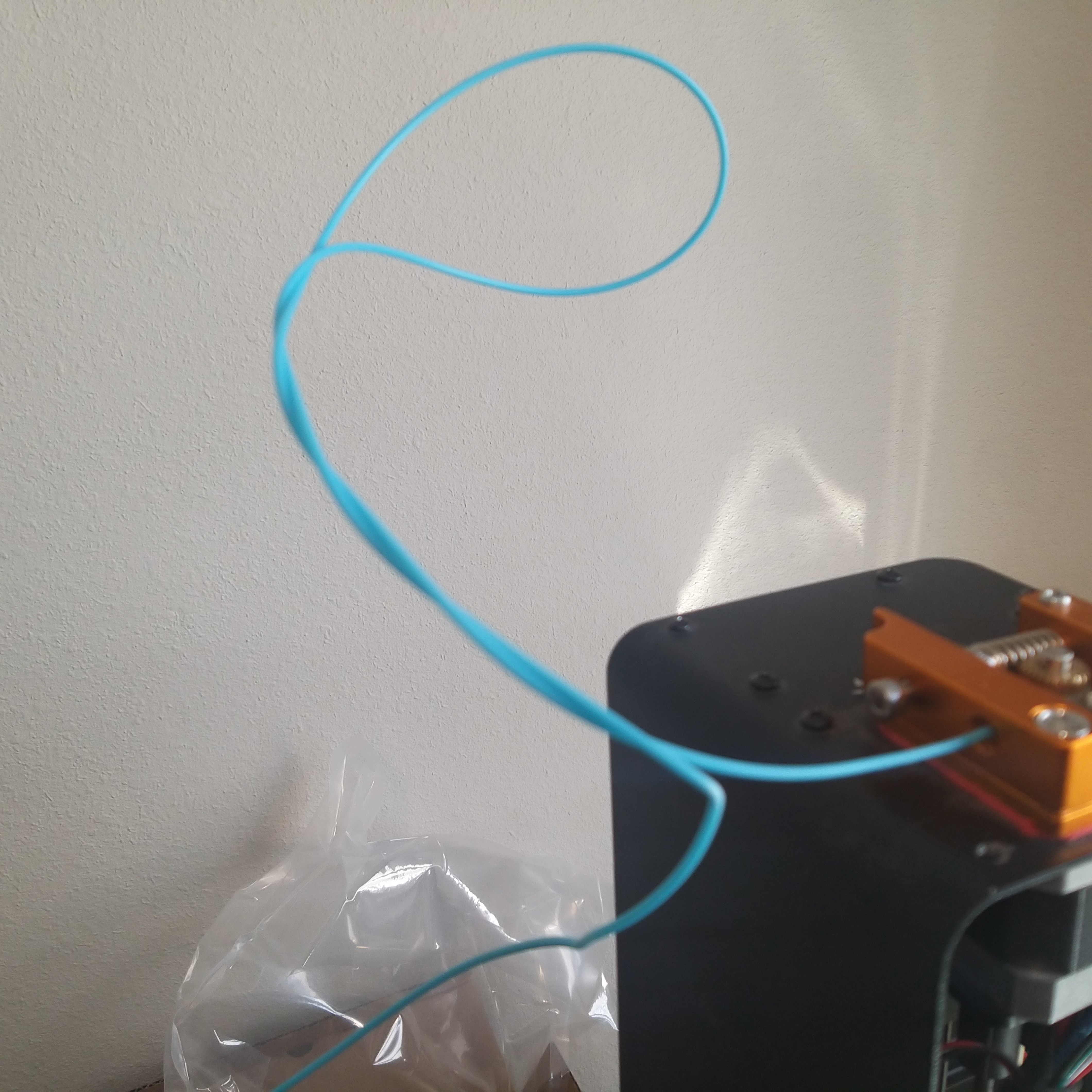
Most of my frustrations with this particular project was getting my 3D printer back up and running, a Monoprice Select Mini that I’ve had for years. It was a lot of remembering how to troubleshoot and repair errors as they popped up. It did also spur me to finally get my other 3d printer back up and running, which has a significantly larger build volume than this little printer does.
One of the things that I opted to do with my Grasshopper code is to add a function that distributes the radii of the vessel based on the wall thickness and the Fibonacci sequence. I do want to tweak the code to extend the base to match the wall thickness offset. I am coming from an OpenSCAD background, where you basically write a script that builds all of your shapes for you, and I’m trying to wrap my brain around how Rhino and Grasshopper does things. (I finally found the spot where I can define the precise location where I want an object to be positioned at, so I will consider that a win.) Most 3d slicing software has a vase mode, where it can print things in a single continuous line after building up the base. It does require a solid shape, so I also want to go back and reprint these shapes with some fancier filament and in vase mode.
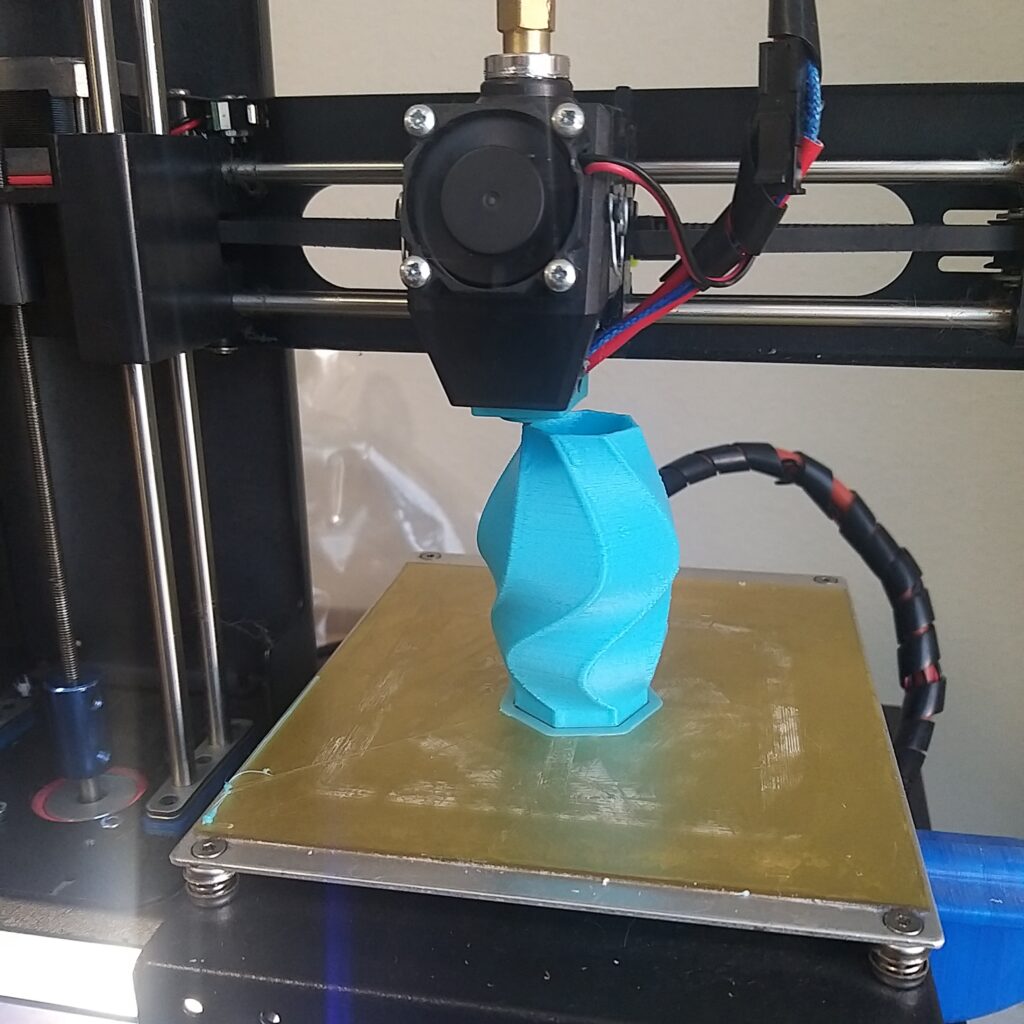
One of the advantages of 3d modeling is the ability to iterate upon a design before committing to a manufacturing process or materials, which is one of my main reasons for wanting to learn how to do it. One of the best examples that I can think of is designing rings. I can come up with a fantastic design, but everybody’s fingers are different sizes. Making ten different ring sizes, all with the same design, by hand, is not an appealing prospect. (I know I could do it, but again, investing energy in more productive areas.) Having a design that can scale appropriately while keeping other design aspects consistent (like a bezel for a stone) would be a great asset to my own art, or helping others doing that for their own art.
Creative Agency and Intent
If there is anything that I have learned in any creative pursuit, is that you can give a room full of people the same set of criteria and they will all come up with something different, or they all have a different process to get to the same result. We see it all the time in cooking competitions, and more relevant, our class assignments. Our approaches to creativity vary because we ourselves vary. Our experiences and interests shape how we choose to do things, and that’s where our uniqueness lies. Learning Rhino and Grasshopper is adding another tool to my toolbox, one that I am happy to see how it can integrate into some of my other processes (like metal casting).
Hi Liz! It’s neat that your primary focus in your design was the number of sides as an aesthetic feature. For me personally I just set mine and left it without further thought. But I love the different focus that everyone has in this project. Just like you mentioned. You mention metal casting and making rings, would you be able to use a clay printer to print metal clay and fire it?
Metal clay is incredibly expensive, so I wouldn’t use it in an extruder. Handling it is more like handling polymer clay (which of course you could put through an extruder), but it’s fussy. But what you can do (and I have done) is 3d print the forms in wax and do the lost wax casting technique (you can see some samples I printed up here https://www.instagram.com/p/CRsDdvlLEr-/ ) . You can also print them in PLA and do a burnout that melts the PLA away and cast that way, but the PLA can leave some pitting and voids in the casting.
Hey Liz,
I know that some people already mentioned it in class, but I wanted to express again how cool your “failed” piece is! When I initially saw it I didn’t see it as any failure at all, because it actually looks like one of those tea cup plates that holds the cup gently. Your very direct and clean lines also make your other vessels look gorgeous. Great job!
What’s weird about the failed one is that my printer decided to stop mid-print. Near as I can tell, it lost communication with my computer and decided to take its federally mandated work break. (Or something.) I still really like the results, and it would make an excellent trinket/small parts tray.
Hey Liz! Your blend of IT and design expertise shines in your approach to parametric design. Precious Shapes explores asymmetry very well. It’s commendable to see your dedication in troubleshooting 3D printing challenges. Your insights on the uniqueness of individual creative processes are spot on. awaiting to see how Rhino and Grasshopper further enhance your work!
Best,
Daniel
Thank you! Troubleshooting 3d printing is one of the things I do for my job, but it’s part of my love of understanding materials and how it all works together.